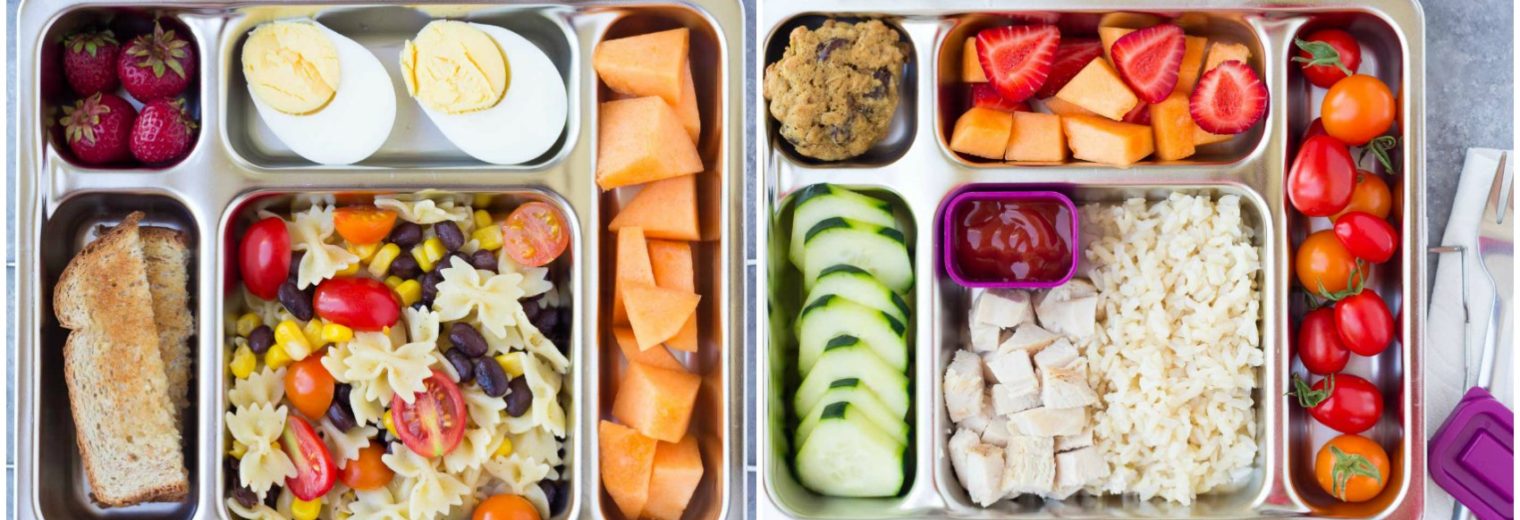by Anna Lappé
When you picture school lunch what comes to mind? Gooey pizza and floppy French fries, or fresh organic produce and chicken raised without routine antibiotics? My guess is the former. But thanks to advocates around the country, someday it may just be the latter.
Every year the National School Lunch Program spends almost $13 billion to feed over 30 million children. For years, school leaders and community activists have been working to improve the food purchased with those public dollars. Now advocates have a new tool to help achieve just such a lofty goal: It’s called the Good Food Purchasing Policy and after its successful passage in 2012 by the Los Angeles Unified School District and the city of LA, school districts and cities across the country are exploring its possibilities for shaping how public food, like school lunch, is procured.
The policy is similar to LEED certification, only for food instead of buildings. It’s a tool for school districts and the city government’s to make purchasing decisions based on a set of core values. Imagine that!
Under the policy, suppliers must meet basic criteria across five values: supporting local economies, promoting health, providing a safe and healthy workplace and fair wages, protecting animal welfare, and promoting environmental sustainability. Like LEED, the policy inspires suppliers to reach higher than the basic minimum, to “score” better and better across these criteria.
“The Good Food Purchasing Program provides institutions with the framework and tools to achieve an alternative vision for the food system,” says Alexa Delwiche, the head of the Center for Good Food Purchasing, a nonprofit launched by the masterminds of the policy to help cities and school districts pass it and evaluate its implementation.
After the City of Los Angeles and LA Unified School District passed the policy, procurement decisions for more than 750,000 meals a day were made with a whole new lens: not just which suppliers are cheapest, but which suppliers best reflect those five values. It’s making a big difference.
Consider the case of Tyson. Two years before the policy was passed, in 2010, the multinational chicken giant was awarded the $60 million, five-year poultry contract with LA Unified. By 2015, when the Tyson contract was up for renewal, the school district had a different set of questions for the company, such as its record on animal welfare, environmental protection, and treatment of workers. Concerns about Tyson’s poor track record on multiple fronts led school board members to question whether Tyson could meet the standards of the Good Food Purchasing Program. Ultimately, Tyson withdrew from the contract process, and the school board awarded Gold Star Foods, which had much better labor and production practices, a contract instead.
It’s not just the source of chicken that’s changed. PolicyLink found that before the policy was in place, only about 10 percent of produce served in LA schools was sourced within 200 miles of the district. Today, that’s grown to 50 to 72 percent, depending on the season, bringing roughly $12 million into the local economy.
Inspired by its neighbor to the south, San Francisco Unified School District became the first institution outside of Los Angeles to formally adopt the policy in 2016. Across the bay, the Oakland school board is poised to pass the policy this year, too. Together, these three cities alone make about $200 million worth of food purchases annually.
Community leaders across the nation are seeing the power and unifying spirit of this policy that brings these five crosscutting values together. Cities across the country – from Chicago to New York City to Minneapolis and Cincinnati are all exploring it.
“The Good Food Purchasing Program has energized food justice activists in Cincinnati,” says Brennan Grayson, director of the Cincinnati Interfaith Workers Center. “It brings a bold vision to food justice activism – one that brings people from all parts of the food chain together. And togetherness is what people need to make changes in the food system.”
Policy change at the national level can move at a glacial pace, if at all. So it’s exciting to see communities take action locally: to put our public dollars toward food that’s best for our bodies, for workers, and for the planet.
Originally published in Earth Island Journal




